Environmental toxins have become a part of modern life. Simply eating and breathing exposes us to low levels of synthetic chemicals, heavy metals, and other pollutants—substances that quietly accumulate in our bodies over time. At the risk of stating the obvious: yuck.
Even worse, an emerging body of research links toxin exposures to a range of health issues, including hormone disruption, immune dysregulation, and cancer. It’s enough to provoke anxiety in the healthiest of people, and for those living with chronic illness or unexplained symptoms, it’s downright scary to think that your everyday environment could be contributing to your illness. Many are left wondering what’s within their control—and how to make meaningful changes without spiraling into fear or giving up entirely.
This is where health coaches can make a real difference. With foundational knowledge and a supportive, client-centered approach, coaches can help people assess their risk, explore safe and sustainable ways to reduce toxin exposure, and stay grounded as they move toward better health.

What Are Environmental Toxins?
Toxin typically refers to any substance—naturally occurring or man-made—that can negatively impact health when it enters the body. Toxins may be inhaled, ingested, or absorbed through the skin. Their effects vary dramatically: some cause immediate and obvious harm, while others build up slowly over time, contributing to more subtle or chronic symptoms. Toxins are often categorized by the part of the body they affect: neurotoxins disrupt the nervous system, hepatotoxins target the liver, and so on.
In everyday language, “toxin” is a catch-all term for any harmful substance, but scientifically speaking, the word refers specifically to those that are naturally-occurring. Harmful man-made substances—industrial pollutants, synthetic pesticides, plastics, flame retardants—are more accurately called “toxicants.” For the purposes of this article, we’ll follow the common usage and refer to all of these as “toxins.”
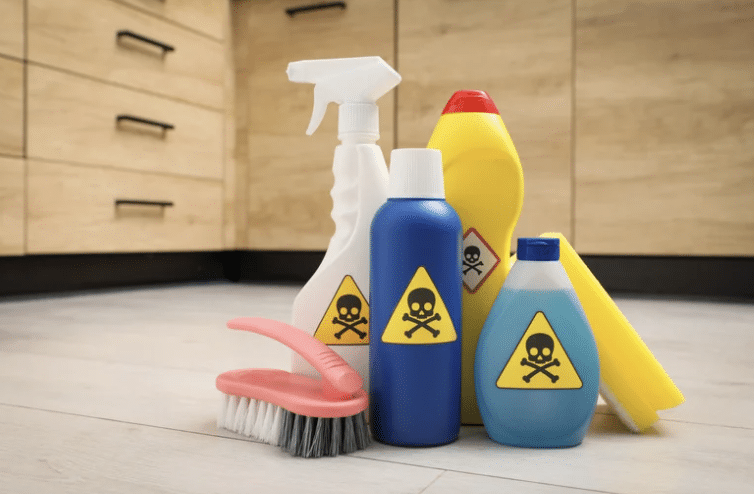
Environmental toxins are the toxins found in our everyday surroundings: the air we breathe, the water we drink, the food we eat, and the products we use in our homes and on our bodies.
Common environmental toxins include:
Heavy metals
like mercury found in some fish or lead from old pipes
BPA and phthalates
used in plastic containers and receipts
Flame retardants
used in furniture and mattresses
Mold and mold-related mycotoxins
found in damp or water-damaged buildings
Pesticide residues
on conventionally-grown produce or lawns
Airborne pollutants
from vehicle exhaust or industrial emissions
Exposures are typically low-level but ongoing, making them easy to overlook. Over time, they accumulate in the body— a process known as bioaccumulation—and quietly contribute to chronic inflammation, hormone disruption, and other health concerns.
While the body is equipped with natural detoxification systems, the sheer volume of modern exposures presents a growing burden. For people with chronic illness or existing vulnerabilities, those systems can become overwhelmed.
Although often overlooked in conventional care, environmental toxins are gaining more attention in research and integrative health as contributors to chronic disease.
Understanding Toxic Load Through a Functional Medicine Lens
Your body is constantly interacting with its environment and processing what comes in through the air, water, food, skin, and even your stress responses. It does its best to filter and remove harmful substances, but it can’t get everything. What’s left becomes your “toxic load.”

In a healthy body, detoxification systems in the liver, kidneys, skin, lungs, and gastrointestinal tract work efficiently to clear those substances. But when exposure outpaces the body’s capacity, or when detox pathways are impaired by factors like genetics, nutrient deficiency, gut dysfunction, or inflammation, symptoms can start to emerge. These might include fatigue, brain fog, hormone disruption, chronic inflammation, and other issues whose causes can be hard to pin down.
What Is Toxic Load?
In functional medicine, toxic load refers to the cumulative burden of environmental exposures the body must metabolize and eliminate over time. Learn more about Toxic Load from the Institute for Functional Medicine (IFM) here.
Rather than focusing on the acute symptoms, functional medicine takes a broader, more holistic view: What’s interfering with your ability to be well? What’s preventing optimal function? Environmental toxins are one possible cause among many, and functional medicine practitioners will dig deeper to learn more about what’s going on.
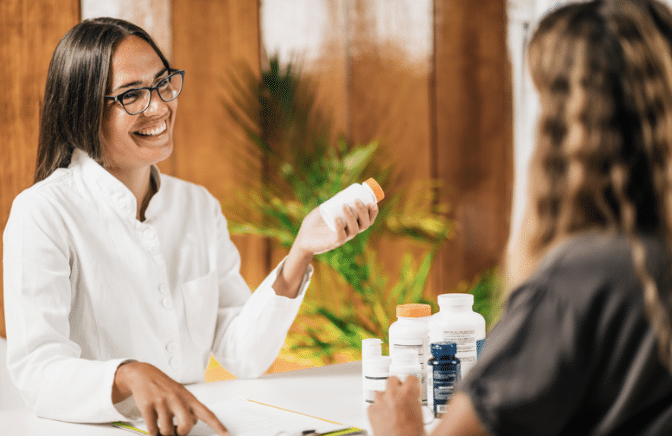
To assess toxic load, practitioners might use detailed health histories, lifestyle assessments, and specialized testing (urinary environmental chemical panels or glutathione status, for example). Their treatment plans are usually grounded in everyday habits and practical lifestyle changes: reducing avoidable exposures, supporting digestion and elimination, and ensuring adequate nutrients, including B vitamins, magnesium, glutathione, and antioxidants, which play key roles in detoxification.
The goal isn’t to eliminate all exposures—an impossible task—but rather to reduce unnecessary burdens and support the body’s built-in resilience. This systems-based approach helps clients build awareness of their environment, make informed choices, and take sustainable steps toward better health.
Health Effects of Environmental Toxins
When environmental toxins enter the body, they don’t just pass through unnoticed—they interact with key biological systems in ways that can disrupt health over time. Depending on the substance and level of exposure, toxins may interfere with hormone signaling, damage mitochondria (the energy producers inside your cells), increase oxidative stress, or contribute to immune system dysregulation.

These internal imbalances can show up as chronic, often subtle symptoms. People with high toxic burdens often report symptoms like:
- Hormonal imbalances
- Fatigue
- Brain fog
- Digestive problems
- Skin issues
Though these symptoms are nonspecific and can have many causes, emerging research suggests environmental toxins may play a contributing role, especially when symptoms are persistent or unexplained.
Major scientific organizations, including the Centers for Disease Control (CDC), Environmental Protection Agency (EPA), National Institute of Environmental Health Sciences (NIEHS), World Health Organization (WHO), and Environmental Working Group (EWG) have acknowledged the link between environmental toxins and a range of health issues. From developmental concerns in children to chronic diseases in adults, the evidence base continues to grow.
Navigating Fear and Uncertainty
Our knowledge of toxins is increasing, but knowledge alone doesn’t always feel empowering. For many people, connecting their symptoms to potential toxin exposure is distressing. It’s painful to feel unwell without knowing why—and even more so to learn that your environment, your job, or your daily habits might be contributing to your illness.
The language used in some wellness spaces doesn’t help. You’ll often hear toxins described as “lurking” or “invisible threats”—that your non-stick pan or conventional plastic water bottle are “death traps.” This kind of fear-based messaging may grab attention and even feel appropriate for such a serious problem, but it also heightens anxiety and overwhelm, which can lead to paralysis rather than action.
As a health coach (or simply as a human) it’s essential to stay grounded. While we can’t eliminate every source of exposure, we can help people understand what’s within their control so that they can take manageable steps and feel more resilient in the face of uncertainty.

How Health Coaches Help Clients Reduce Toxin Exposure
Toxin exposures will never be fully avoidable, but coaches can help clients shift their mindsets from overwhelmed or helpless to empowered. They can be a calm, steady presence in the midst of uncertainty, helping clients make thoughtful, manageable choices that support their health without feeding fear or perfectionism.
The goal isn’t to control everything, but rather to feel more confident navigating daily life, and to support the body’s natural resilience along the way.

Health coaches can support clients in detoxification by:
- Normalizing concerns about toxins: Affirm that yes, it is scary to wonder which aspects of your everyday life might be causing unexpected harm to you. It is unacceptable that our world has become so polluted that it’s contributing to population-wide illnesses. These are normal thoughts and reactions.
- Helping clients focus on what’s within their control, without fostering fear or obsession: We’ll probably never get it perfect, but we can do our best to reduce toxin exposure without disrupting our entire lives in the process.
- Offering suggestions for how to reduce exposure over time: It doesn’t have to be an overnight, all-or-nothing shift. Start by identifying “low-hanging fruit”: investing in an air purifier or making a few common household item swaps, for example. Then, work together to make a list of all the things you’d like to swap or eliminate, as time and budget allow.
- Encouraging lifestyle choices that naturally aid detox: Support healthy detox by eating nutrient-rich foods, prioritizing fiber and hydration for healthy elimination, moving regularly, sweating, sleeping well, and managing stress.
- Helping clients tune into their bodies. By building self-awareness around how they feel in different environments or when using certain products, they’ll start to tune into when something seems off and recognize when patterns emerge.
- Creating space to process emotional responses: Whether fear, grief, frustration, or anxiety, we have a lot of feelings around health. Encourage healthy processing and nervous system regulation.
- Staying committed to your coaching scope of practice: Coaches don’t diagnose or treat. Instead, they guide behavior change, offer accountability, and support clients in building agency and resilience. More below on when it’s time to refer out to a healthcare provider.
Listen to our Health Coach Talk episode, Defending Against Environmental Toxins, With Dr. Aly Cohen of for more on environmental toxins:
11 Ways to Reduce Environmental Toxin Exposure
Clients may find it helpful to have a concrete list of practical actions they can take, especially when they’re just getting started. Together, you can customize these ideas based on their values, budget, and health goals.
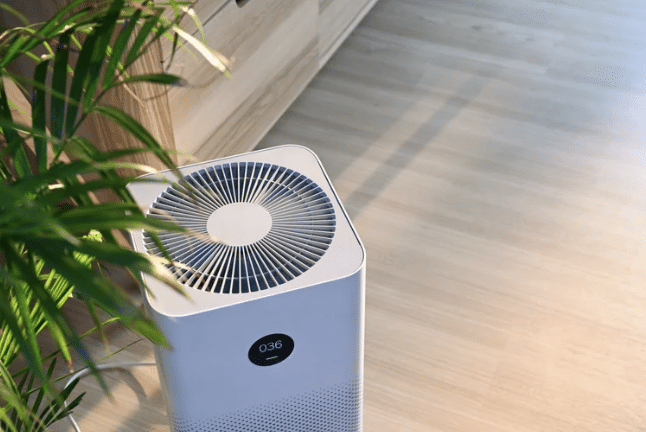
- Filter your water. A quality water filter can reduce contaminants like lead, chlorine, and pesticide residues. Check the EWG Tap Water Database to see what’s in the water in your area.
- Filter your air. Indoor air can contain pollutants like VOCs, dust, and allergens. A good-quality air purifier can help reduce these toxins, especially in bedrooms and living areas. For more info, visit the EWG’s Home Guide to Air Filters here.
- Swap nonstick pans for safer alternatives. Look for stainless steel, cast iron, or ceramic instead of pans made with Teflon or other PFAS-containing coatings
- Minimize plastic use in the kitchen. Store food in glass, stainless steel, or silicone containers. Avoid microwaving plastic.
- Read labels on personal care products. Some people choose to avoid ingredients like synthetic fragrances or phthalates, which have been linked to hormone disruption. Parabens are sometimes flagged, too, though current research suggests they are safe at typical exposure levels. For product suggestions, the EWG has a searchable database of options.
- Switch to non-toxic cleaning products. Vinegar, baking soda, and castile soap can replace many conventional cleaners.
- Be mindful of flame retardants in furniture. When replacing items like couches or mattresses, you might look for options labeled as flame-retardant free.
- Wash new clothes before wearing. This helps remove dyes, formaldehyde, and other finishing chemicals from the fabric.
- Reduce exposure to mold. Keep humidity below 50%, use a dehumidifier if needed, and promptly address water damage or leaks.
- Choose organic when possible. To prioritize the most impactful organic swaps, check out the Dirty Dozen list for produce most likely to carry pesticide residues.
- Let shoes stay at the door. It’s a simple way to reduce tracking of outdoor pollutants into your home.
When Health Coaches Should Refer Out
Health coaches can be powerful allies in reducing environmental toxin exposure, but some situations call for clinical support.
If a client experiences debilitating fatigue, persistent brain fog, autoimmune flare-ups, or other serious symptoms, it’s time to refer them to a licensed healthcare provider. These red flags may point to complex issues like mold illness or heavy metal toxicity that require medical evaluation and treatment.
Referring out doesn’t end the coach’s role, it reframes it. As part of a collaborative care team, coaches can help clients prepare for appointments, implement provider recommendations, and process the emotions that accompany illness and healing.

Knowing when to refer is a mark of professionalism, showing your commitment to the client’s safety and to ensuring they receive the best possible care. It underscores the value of collaborative care in supporting lasting behavior change and healing.
It’s frustrating—and, frankly, unfair—that navigating modern life requires defending ourselves against hidden environmental threats, but health coaches can help bridge the gap between overwhelm and action, turning fear into a plan for sustainable, empowered healing.
Further Reading: Environmental Toxin Resources
Interested in learning more about environmental toxins? Check out the resources below:
- Environmental pollutants and their effects on human health. Shetty et. al. Heliyon. 2023.
- Environmental Toxicology and Metabolism. Sun. Metabolites. 2024.
- Exposure to Environmental Toxins and Autoimmune Conditions. Kharrazian D. Integrative Medicine (Encinitas). 2021.
- Environmental Working Group (EWG)
- NIEHS (National Institute of Environmental Health Sciences)
- State of the Science of Endocrine Disrupting Chemicals (2012) World Health Organization (WHO)
- Biomonitoring Summary – Centers for Disease Control (CDC)
Our Latest Blogs
-
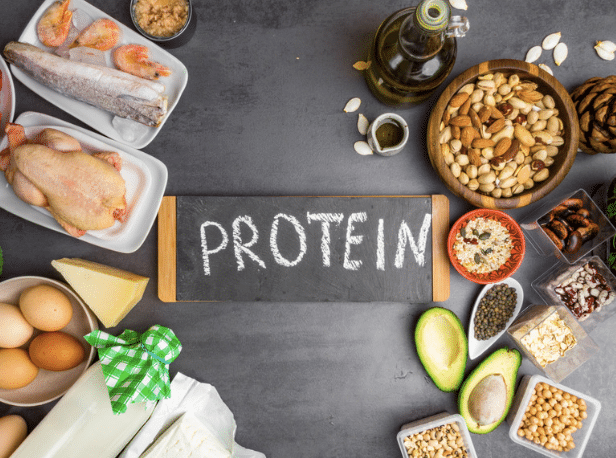
Protein 101: The Health Coach’s Guide
Read Full Article: Protein 101: The Health Coach’s Guide -
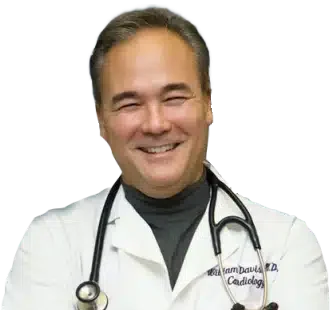
Women’s Health and the Vaginal Microbiome: A Probiotic Breakthrough
Read Full Article: Women’s Health and the Vaginal Microbiome: A Probiotic Breakthrough -
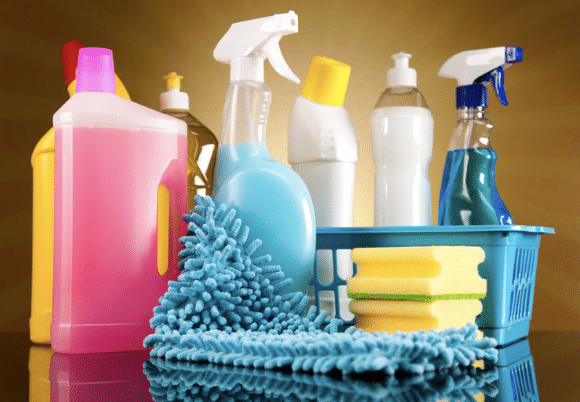
Forever Chemicals 101: What Health Coaches Need To Know
Read Full Article: Forever Chemicals 101: What Health Coaches Need To Know

